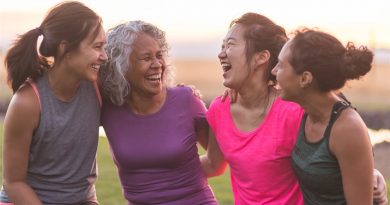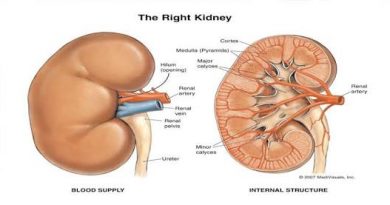Simple Steps to Reduce Sports Injuries
Basketball and bicycling rank highest for injuries among recreational sports, causing 1.5 million accidents per year. Baseball, soccer and softball follow, each with almost half a million injuries yearly, according to the U.S. Consumer Product Safety Commission.
Whether you’re upping your own practice schedule or you’re a parent of a student athlete headed back to school, heeding a few precautions goes a long way in preventing sports injuries.
Here are some tips from osteopathic physician Marcel Fraix, member of the Fellow of the American Academy of Physical Medicine and Rehabilitation (FAAPMR) and assistant professor at Western University of Health Sciences. Fraix is also a staff physician at Casa Colina Centers for Rehabilitation in California, where he specializes in sports-related disorders.
• Start with a check-up when possible. Physical stress on a young body can be harmful when coupled with an underlying medical condition or heart problem. Likewise, get an exam before stressing the heart if you’re middle-aged and mostly sedentary.
Pre-conditioning programs for specific sports help. Injuries usually occur at the beginning of the season, when you are most likely to be out of shape. Building hamstrings and inner quadriceps muscles helps prevent knee injuries.
• Diligently use the proper safety equipment, i.e. mouth guards, safety goggles, helmets and elbow and knee pads. Don’t forget to apply sunscreen SPF 15 or higher.
• Stay adequately hydrated with water or a water-electrolyte drink. Replacing fluid lost from sweating is essential to maximize athletic performance and prevent heat exhaustion, especially during warm weather.
• Treat injuries on the spot. Keep a first aid kit ready for cuts and scrapes, allergic reactions, insect bites and eye irritations. Most importantly, be prepared to treat muscle pain at the first sign before it sidelines you. There are safe, natural and unscented pain relievers available.
Look for a homeopathic medicine like Arnicare Gel, which works with the body instead of just masking pain. Try it on legs stiff from running or cycling, or on shoulders aching from too many tennis racket swings. It also helps with pain from strained ligaments or bumps and bruises from hard-fought basketball games.
• Limit practice and playing time. Nearly half of all injuries suffered by children are results of overdoing it. Consider allowing a child to take three months off per year and limiting practice to 12 hours per week for one sport, and 20 hours for multiple sports.










